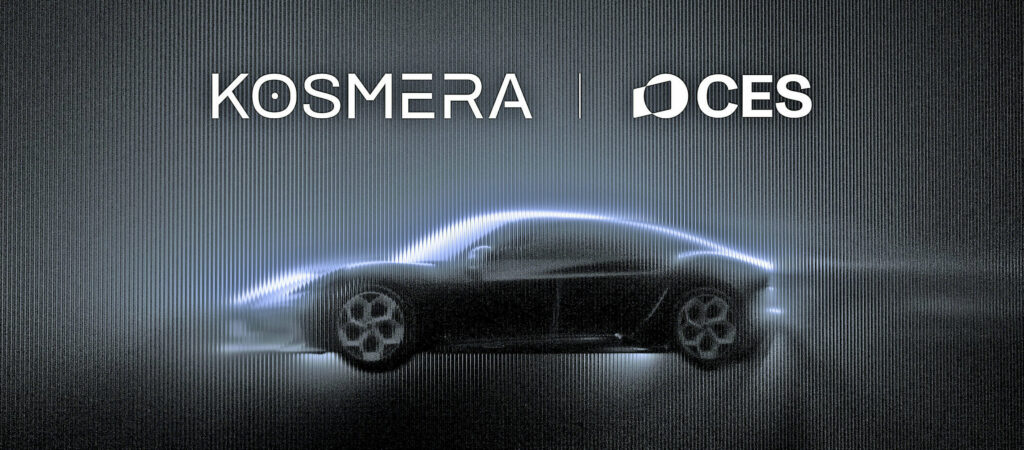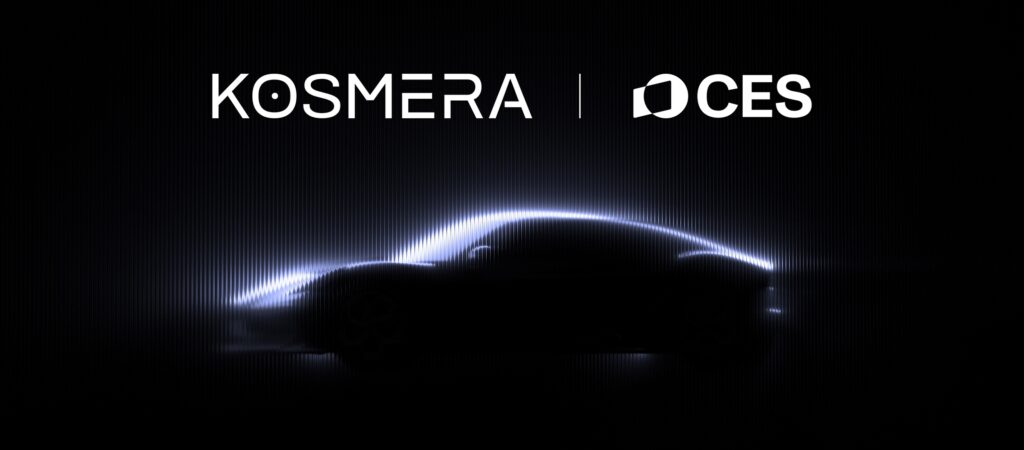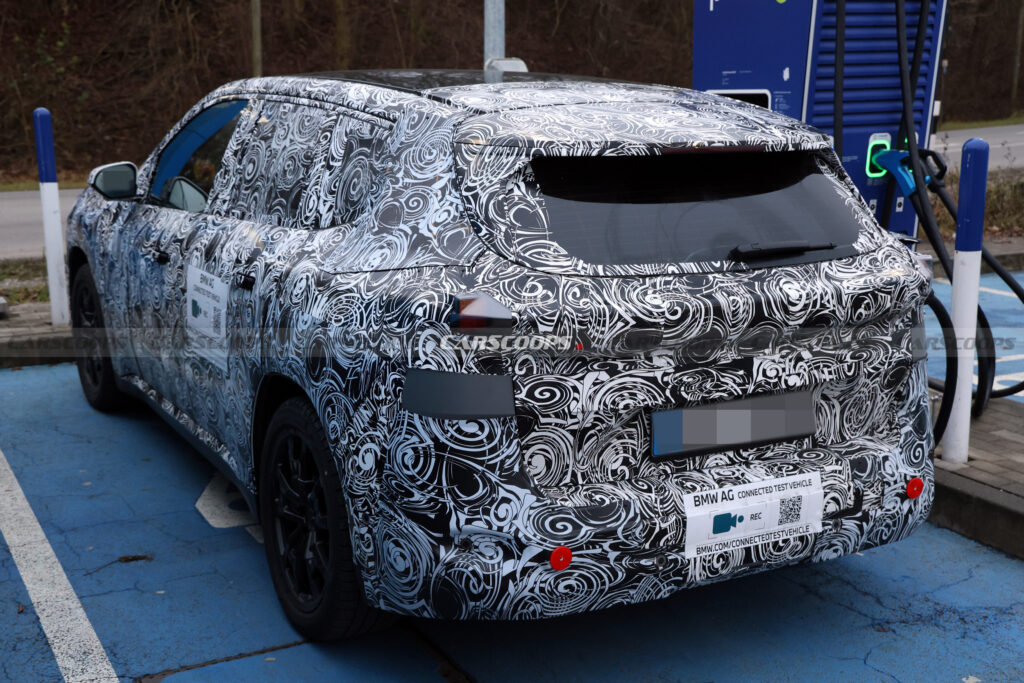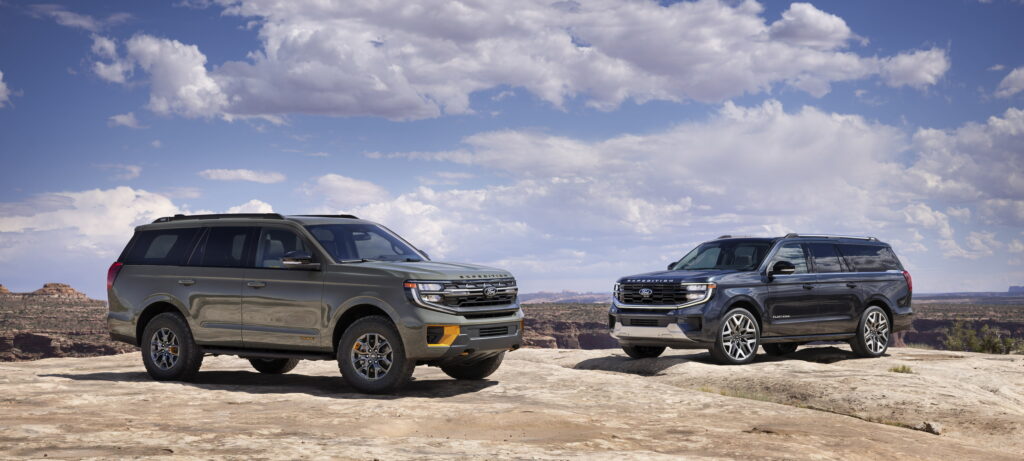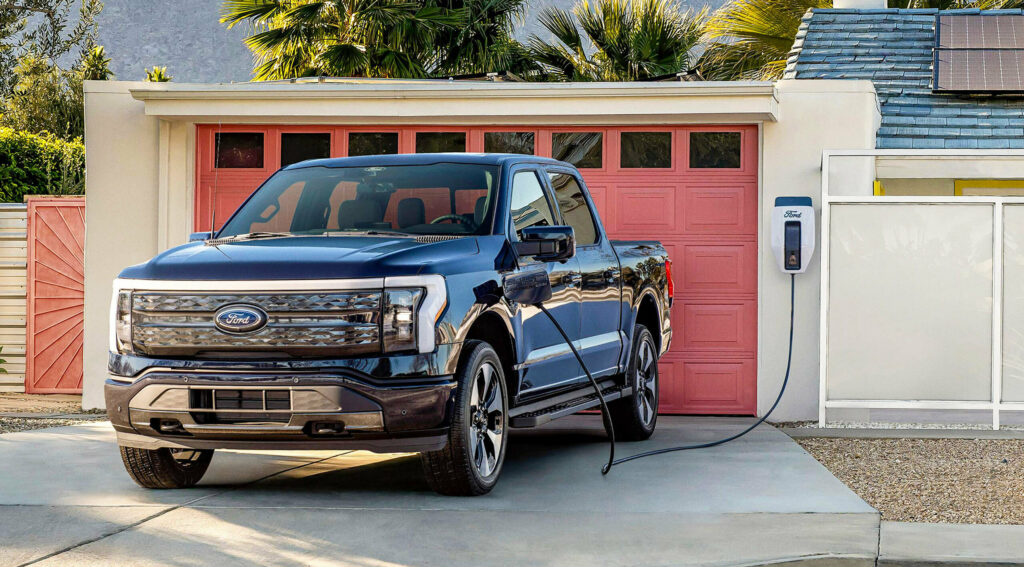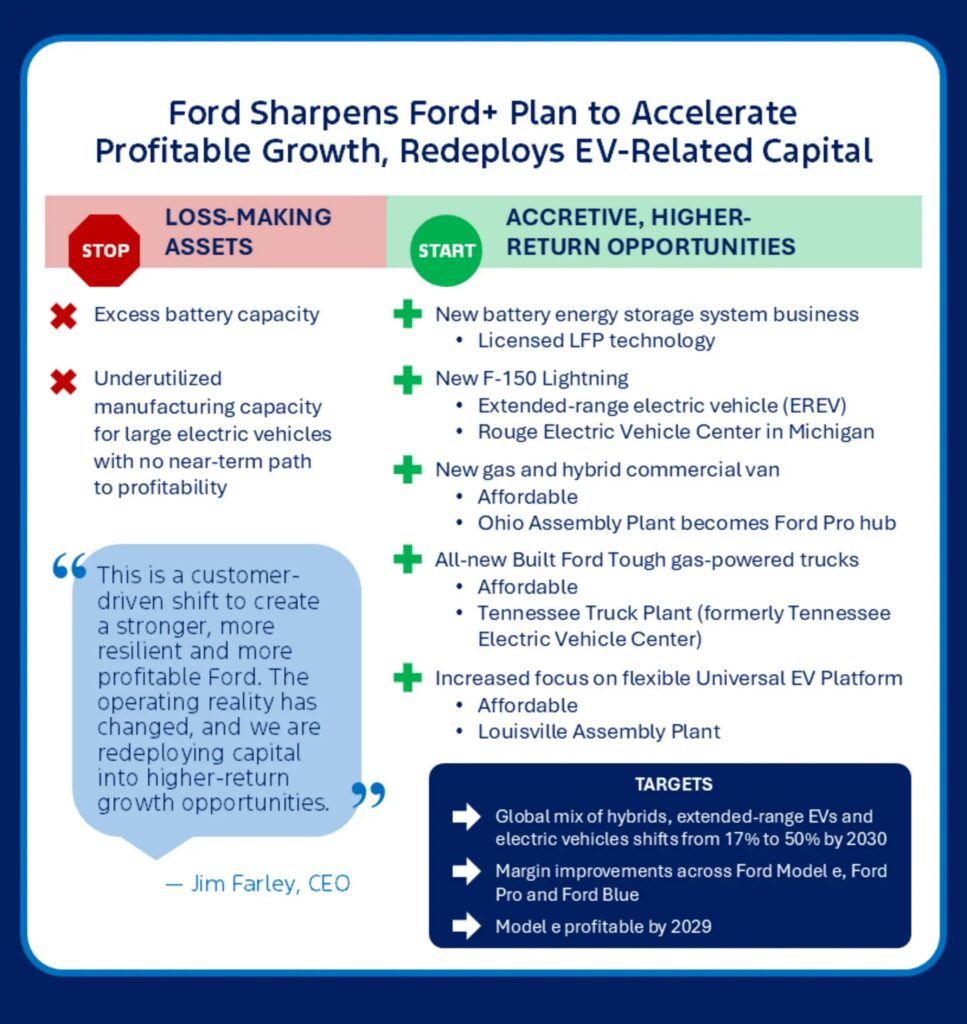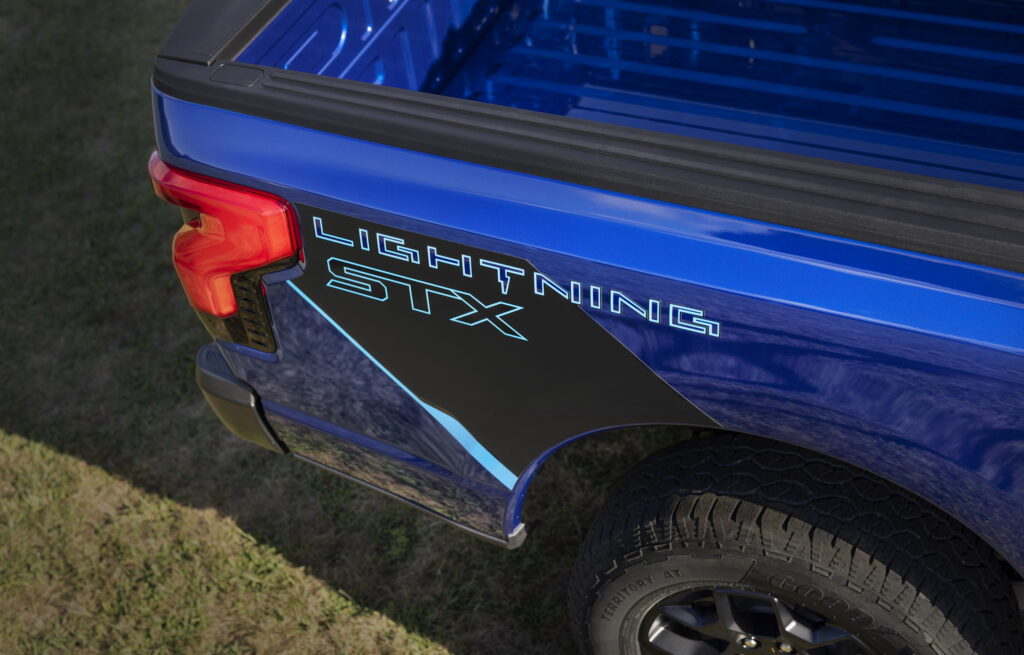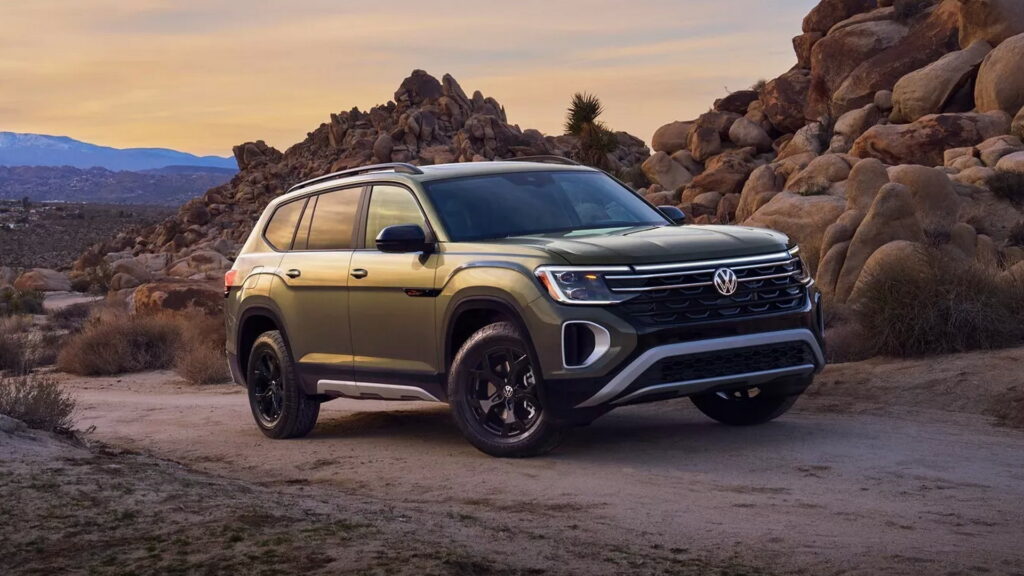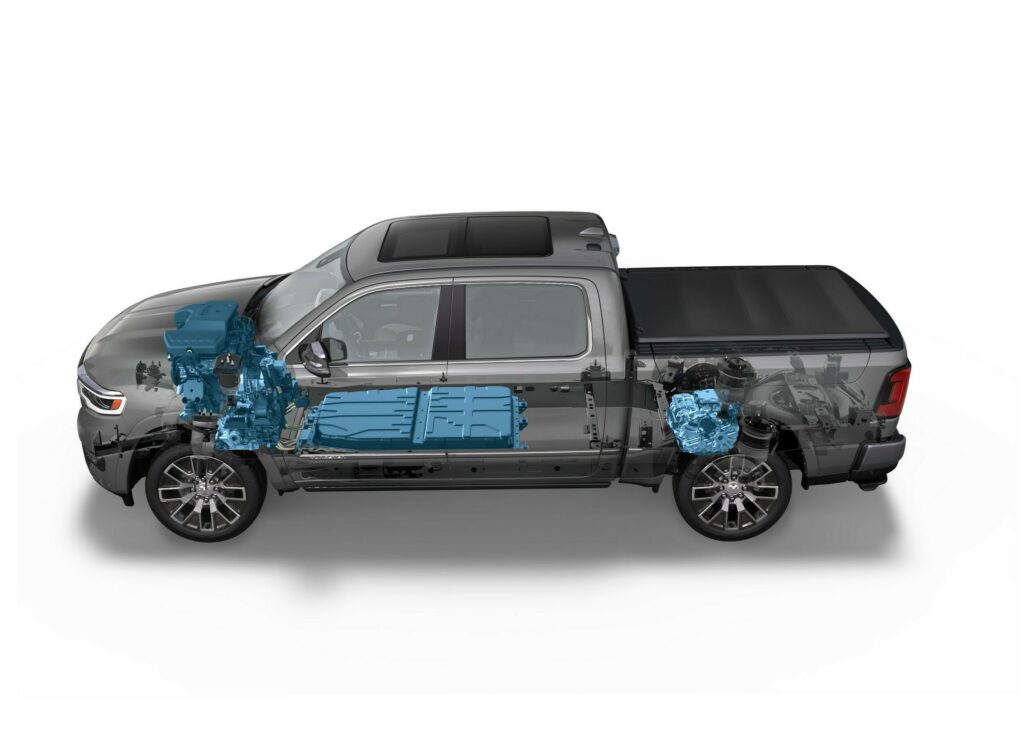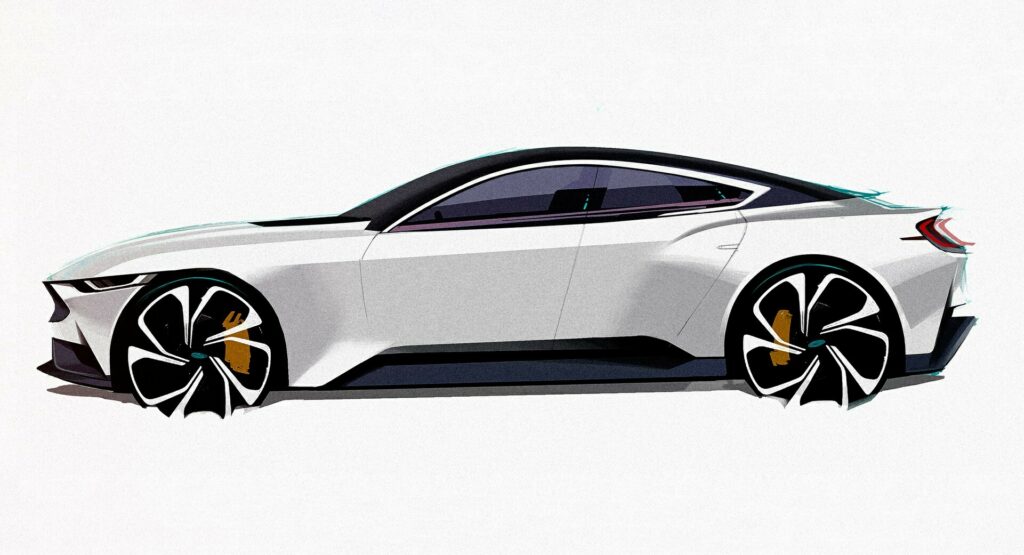Kosmera’s 1,877 HP Hypercar Might Never Leave The CES Show Floor
- Kosmera has teased a new energy hypercar for CES.
- It will have a combined output of up to 1,877 hp.
- Hypercar will be joined by a Porsche-esque sedan.
We broke the news on Kosmera’s big debut last week and now the company has revealed they’re actually bringing two cars to CES. While we’ve already seen the Porsche-esque sedan or liftback, the company also announced plans to show a “new energy hypercar.”
The startup isn’t saying much at this point, but promised the model will “blend classic supercar heritage with next-generation technology.” They went on to say both vehicles will be “stunning to behold, thrilling to drive, and exhilarating to enjoy.”
More: A Mystery Brand Called Kosmera Is Coming To CES
That’s not a lot to go on, but the teaser image suggests the hypercar will have a prominent grille that gives off Alfa Romeo and Bugatti vibes. We can also see curvaceous fenders, a sloping roof, and a sizeable rear spoiler.
The company added the car will have a high-performance powertrain that produces up to 469 hp (350 kW / 476 PS) per wheel. This means we’re looking at a combined output of up to 1,877 hp (1,400 kW / 1,903 PS).

Kosmera went on to say we can expect a nearly 1:1 power-to-weight ratio as well as a high-tech chassis that uses “aerospace-grade composites” as well as 3D-printed metals. This is said to give the hypercar “exceptional torsional stiffness.”
We can also expect an AI Coach, which is designed to turn normal drivers into experts on the track. As part of this effort, the car will apparently use an augmented reality heads-up display to show drivers the ideal racing line.
Kosmera added the model will have a “revolutionary active linear motor suspension system, which is planned to seamlessly transition between a smooth ‘zero-sensation’ ride and a rigid, race-ready chassis setup.” It will be accompanied by a mysterious “dual-steering-wheel unlock mechanism,” which provides further adaptability.
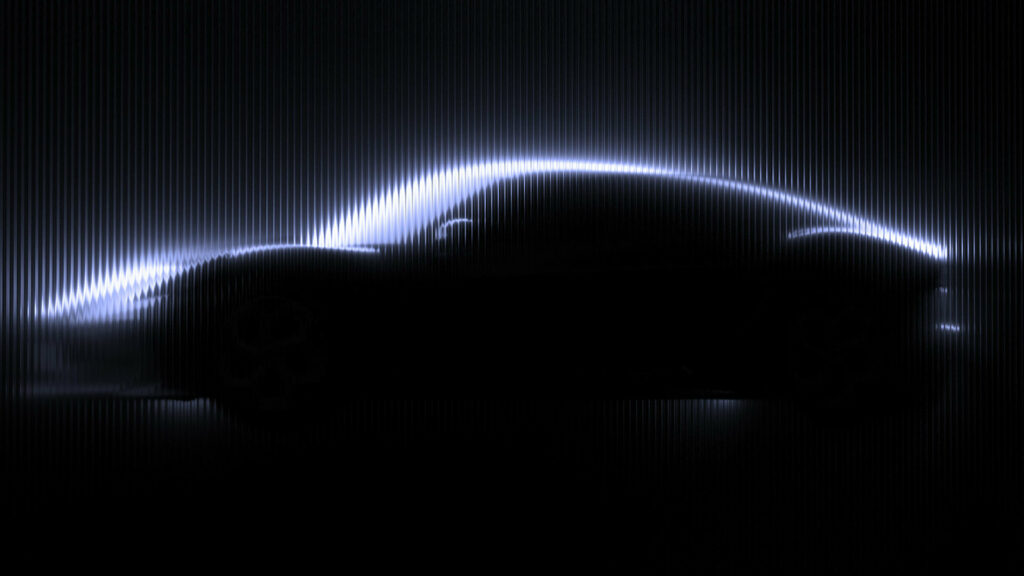
Before you get too excited, the models are being referred to as prototypes and static display vehicles, which will showcase the company’s exterior and interior design chops. These are intended to compete in the premium segment, although the company didn’t mention production plans or availability.
There’s another caveat. It’s unlikely that the cars will be offered stateside as we’ve previously discovered the Kosmera name was trademarked by China’s Xing Chen Future Automotive Technology Co Ltd. This suggests the closest Americans will get to seeing one of these vehicles will be at CES.
